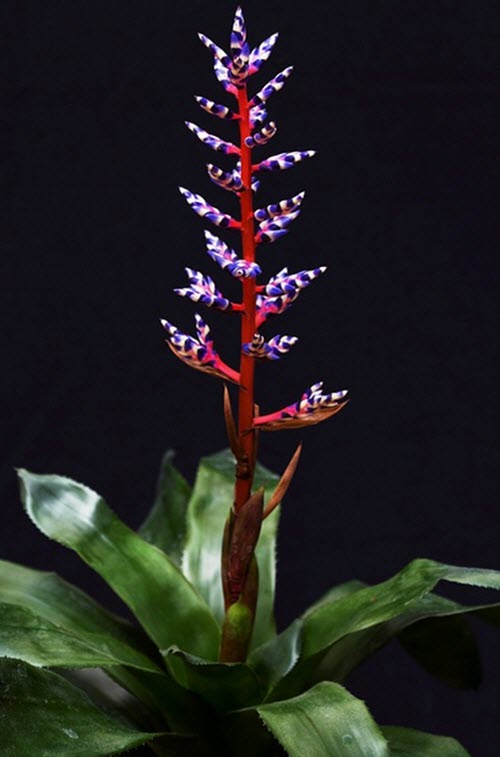Tortuguero National Park
Contents
Tortuguero National Park is located in the Limón Province on Costa Rica’s Caribbean coast. Despite, or perhaps because of, its remote location, it is one of the most visited national parks in the whole country. There is no road access from San José, so visitors arrive by airplane or boat.
The name Tortuguero is derived from the sea turtles (tortugas) who come to lay there eggs on the sandy beaches here.
Many different nature types are represented within the park, including sandy beaches, lagoons, swamps, mangrove forest, and rainforest.
The Tortuguero National Park is a key Ramsar Site as defined by the Ramsar Convention on Wetlands of International Importance.
Short facts bout Tortuguero National Park
| Spanish name | Parque Nacional Tortuguero |
| English name | Tortuguero National Park |
| IUCN category | II |
| Established | 1975 |
| Size | 312 square kilometers
77,032 acres 31,174 hectare |
| Coordinates | 10°32′28″N 83°30′08″W |
| Region | Limón Province on the Caribbean coast of Costa Rica |
| Nearest town | Tortuguero |
Visiting the park
- The park entrance can be reached from the Cuatro Esquinas center in the little town Tortuguero. From this entrance, which is in the northern part of the park, you can chose between three aquatic trails and one hiking trail. The hiking trail, known as the Gavilan Trail, is 1,9 kilometers. The aquatic trails are called Harold, Mora and Chiquero. Harold is the most frequently used one by visitors to the park.
- The tower on Tortuguero Hill is a good spot to go to if you want a good vantage point over the area.
- Further south in the park, near the Jalova Lagoon, you can find the Sector Jalova Park Station. You are now not far from the village Parismina.
- The Aguas Frias Park Station is located on the western edge of the park, not far from the village Cariari.
Surroundings
Tortuguero National Park is adjacent to three other protected wildlife areas: the Barra del Colorado Wildlife Regufe to the north, the Cariari National Wetlands to the south, and Dr. Archie Carr Wildlife Refuge at the mouth of the Rio Tortuguero (by the town Tortuguero). The Dr. Archie Carr Wildlife Refuge is home to a biological station that carry out a turtle tagging program under the auspices of the Sea Turtle Conservancy (formerly The Caribbean Conservacion Corporation).
The mouth of the Rio Parismina is found at the southern extreme of the Tortuguero National Park.
The Tortuguero National Park is part of an important wildlife corridor that connects protected areas in this part of Costa Rica with the large Indio Maíz Biological Reserve in Nicaragua. Covering approximately 4,500 square kilometers, the Indio Maíz reserve is the second largest lowland rainforest reserve in Nicaragua.
Tortuguero National Park nature
Rain & Humidity

Tortuguero is a very humid place, and i
t receives up to 6,400 mm of rain per year.
Air filled with moist comes blowing in from the Caribbean Sea, and the park tend to have more than 330 cloudy days per year.
The soils are thin and the precipitation that falls drains quickly.
Rivers, lakes & wetlands
The park is drained by a system of streams, rivers, interlinked canals, lagoons and lakes.
Erosion has created depressions in this coastal landscape, and these depressions are filled by short-term floods. The park is also home to estuary lakes, grassland marshes, and wooded swamps.
The park contains over 20 miles (32 km) of coastline.
The forested hills
The plains are interspersed with gently rollings hills formed by volcanic cinder cones. Two of the highest points are Tortuguero Hill and Lomas de Sierpe. There are no tall mountains in the park; even the tallest hill tops are fairly close to sea level.
Flora
Over 400 species of tree has been reported from the park, plus roughly 2,200 species of other plants.
Examples of tree species found here are Gavilán, Caobilla, Monkey pot tree, the palm Raphia taedigera, and the tropical wetland trees Pachira aquatica and Pentaclethra macroloba. A lot of mangrove grow near the ocean.
The streams are home to floating aquatic plants, including members of the genera Salvinia, Eichhornia, Azolla, and Hydrocotyle. During the dry season, some streams are almost completely covered in floating plants.
Animals
Aquatic species
 Examples of aquatic animals that can be encountered here, either in the ocean or in the lakes and waterways, are American crocodiles, Spectacled caimans, Bull sharks, tropical gars, and manatees (a mammal also known as sea cow).
Examples of aquatic animals that can be encountered here, either in the ocean or in the lakes and waterways, are American crocodiles, Spectacled caimans, Bull sharks, tropical gars, and manatees (a mammal also known as sea cow).
Sea Turtles come to the Tortuguero National Park to lay their eggs in the sand on the beach and along some canal banks. Hawksbill turtles, Loggerheads and Leatherbacks lay eggs here from February to July.
Terrestrial mammals
Examples of terrestrial mammals living in the park:
- Jaguar
- Three-toed sloth
- Mantled howler monkey
- White-headed capuchin monkey
- Geoffroy’s spider money
- Baird’s tapir (semi-aquatic)
Terrestrial reptiles & amphibians
- Basilisk lizard
- Poison-dart frogs (Dendrobatiadae)
- Salamanders
- At least seven different species of land turtle, including Chrysemys picta and members of the genus Rhinoclemmys.
Birds
375 species of bird has been recorded in the park, including toucans, kingfishers, several parrot species, and the Crested eagle. Each year, nearly a million migratory birds stop here during their journeys.